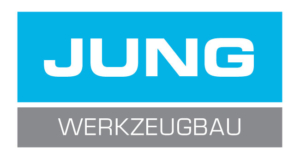Case Study
WE PUT EVEN
LEGENDS ON A
MORE EFFICIENT TRACK.
An automotive brand based in Stuttgart, Germany, is one of the most sought-after in the world – and not just because of its legendary three-digit model. Since 2009, the company has been producing luxury station wagons and shooting brakes with front-mounted engines. These models differ not only in size and engine capacity. They also come in four- and six-door long-wheelbase versions, which are manufactured separately by a supplier.
Our initial idea was to use a single tool to produce the identical and merely mirror-inverted doors in one operation. The basis for a successful implementation was the combination of the individual parts and the component production on one forming tool.
The project was successful – the manufacturer then back-injected the entire component and separated it into the two individual doors using milling technology.
Our second idea: We asked ourselves whether there was a technical approach to integrating the customer’s existing guillotine shear into the process in such a way that it would have a cost-reducing effect. Our answer: yes. If the customer inserts a single rectangular board and cuts it with the guillotine shear, they don’t need a separate blanking tool. What we had to do for this: “Simply” design the forming process so that this rectangular blank would work.
By the way: It is part of our self-image that we do not “sell” the recommendation for a process optimization as an idea. This is what happened with this customer. As a result, he combined components and tools differently. And he has been saving raw materials ever since. That benefits him and makes us happy!
